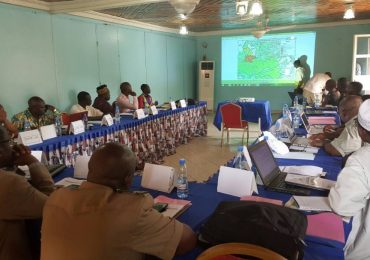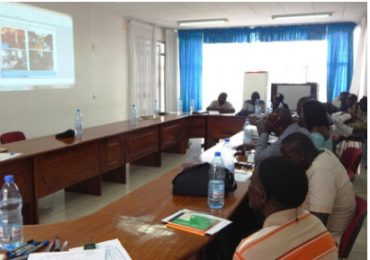A report published recently by researchers indicates that governments need to exercise more attention to protect road users like motorcyclists who are particularly vulnerable, making up 23% of all road traffic deaths. In Cameroon, motorcycle accidents constitute a horrific cause of deaths on the road.
By Anu Nkeze Paul

In many regions, as in Cameroon, the problem posed by motorcycle deaths is worsening. For example, in the Americas, the proportion of motorcycle deaths out of all road traffic fatalities rose from 15% to 20% between 2010 and 2013, while in Africa it rose from 10 to 40 between 2010 and 2014. In the South-East Asia and Western Pacific regions, a third of all road traffic deaths are among motorcyclists.
Pedestrians and cyclists are also among the groups with the least protection, making up 22% and 4% of global deaths respectively.
“Decision makers need to rethink transport policies,” says Dr. Etienne Krug, Director of WHO’s Department for Management of Non-communicable Diseases, Disability, Violence and Injury Prevention. “Improving public transport as well as making walking and cycling safer requires us to refocus our attention on how vehicles and people share the road. The lack of policies aimed at vulnerable road users is killing people and harming our cities. If we make walking and cycling safer, there will be fewer deaths, more physical activity, better air quality, and more pleasant cities. ”
The report also found that some vehicles sold in 80% of all countries worldwide fail to meet basic safety standards, particularly in low- and middle-income countries where nearly 50% of the 67 million new passenger cars were produced in 2014.
The Global Status Report On Road Safety 2015 comprises a narrative text combining evidence, facts and best

practices with conclusions drawn following the analysis of the data collected for 180 countries. In addition, it offers one-page profiles for each participating country and statistical annexes. An interactive online data visualization of the report is also available.
The report is the third in its series and is the official monitoring tool of the Decade of Action for Road Safety 2011-2020. The publication of the report follows the adoption of the 2030 Agenda for Sustainable Development which includes an ambitious road safety target and precedes the 2nd Global High-Level Conference on Road Safety that will be held in Brasilia, Brazil, 18-19 November 2015.
According to statistics, 105 countries have good seat-belt laws that apply to all occupants,47 countries have good speed laws defining a national urban maximum speed limit of 50 Km/h an empowering local authorities to further reduce speed limits,34 countries have a good drink–driving law with a blood alcohol concentration (BAC) limit of less than or equal to 0.05 g/dl as well as lower limits of less than or equal to 0.02 g/dl for young and novice drivers,44 countries have helmet laws that apply to all drivers, passengers, roads and engine types; require the helmet to be fastened and refer to a particular helmet standard, 53 countries have a child restraint law for occupants of vehicles based on age, height or weight, and apply an age or height restriction on children sitting in the front seat.










